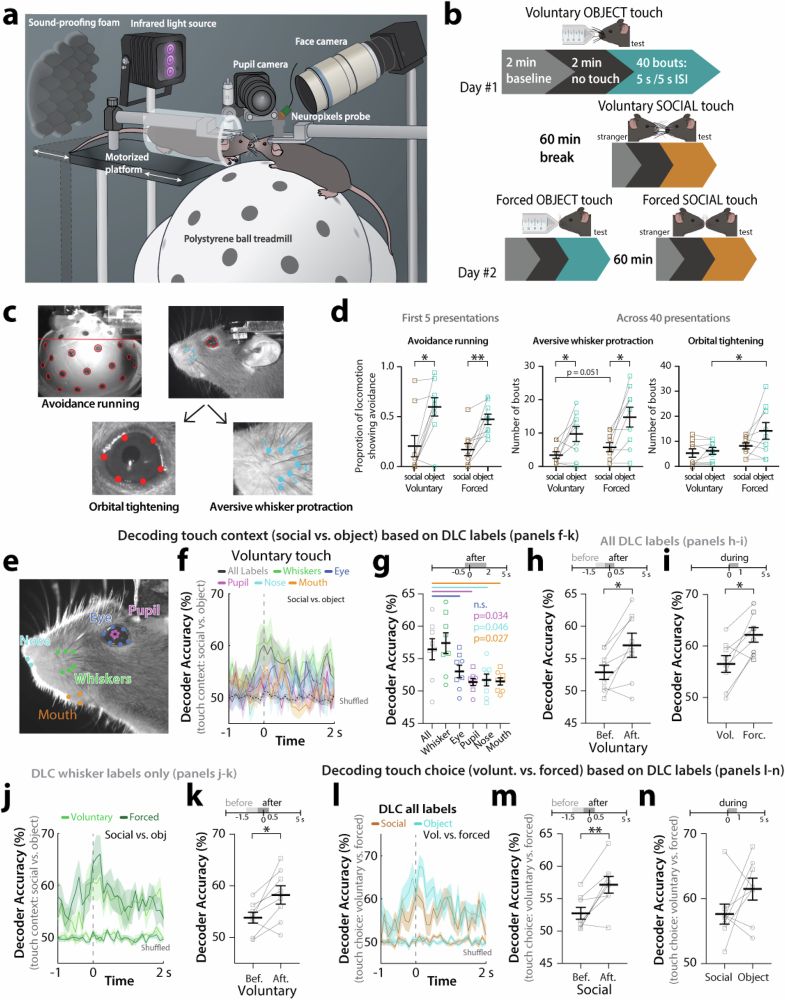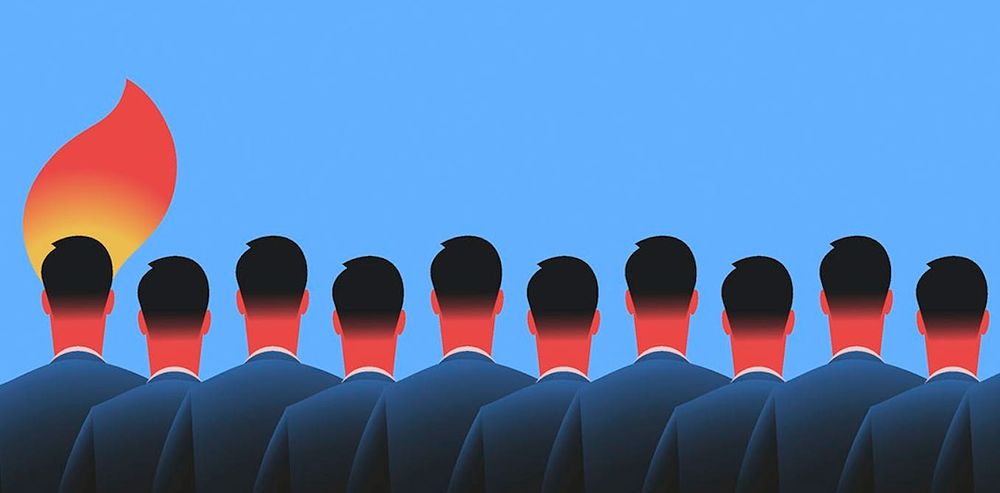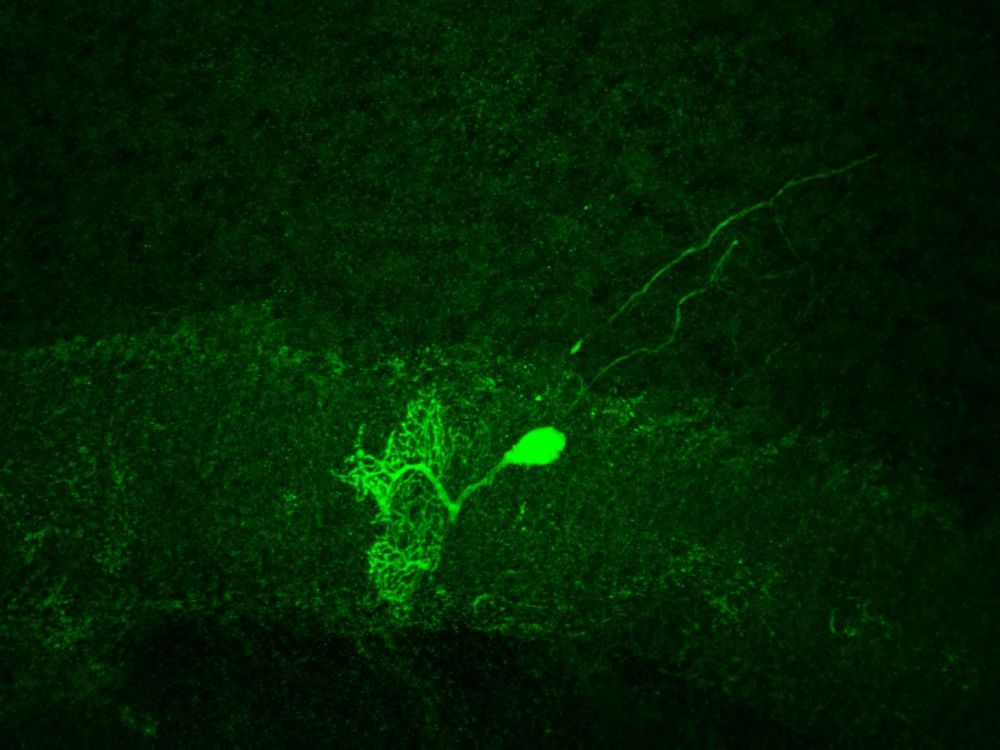El mejor lugar del mundo en el mejor momento de su historia.
Saldrá en todas las portadas.
08.07.2025 16:16 — 👍 473 🔁 208 💬 19 📌 6
Como hay gente que cree que es un truco o que os os estoy engañando, aquí tenéis un frame del vídeo. Mide las rayas de colores, de un extremo a otro (sin tener en cuenta las puntas de flecha). Cualquiera de ellas. Son todas iguales, compruébalo
29.06.2025 13:40 — 👍 49 🔁 11 💬 5 📌 0
Dynamic recruitment of PV interneurons in the somatosensory cortex induced by experience dependent plasticity https://www.biorxiv.org/content/10.1101/2025.06.27.662081v1
29.06.2025 00:15 — 👍 5 🔁 2 💬 1 📌 0
Very happy to see this message that science publishers are not only a waste of money, but are actually distorting the scientific process itself, slowing down progress. This has been the key argument for me for a while. The waste of resources is bad, but the distortion of science is unforgivable.
22.05.2025 20:36 — 👍 19 🔁 2 💬 1 📌 0

🎙️ En el episodio de @elabrazodeloso.bsky.social de esta semana volvemos a nuestra serie sobre Botánica y lo hacemos con dos elementos fundamentales en nuestro viaje hacia el conocimiento más profundo del mundo natural 🌱
#ElAbrazodelOso #Podcast #iVooxOriginals #Botánica
11.05.2025 06:51 — 👍 8 🔁 7 💬 1 📌 1
Finally out! Check my previous thread for a quick look:
bsky.app/profile/carl...
In @elife.bsky.social: Somatodendritic orientation determines tDCS-induced neuromodulation of Purkinje cell activity in awake mice doi.org/10.7554/eLif...
21.04.2025 21:07 — 👍 7 🔁 4 💬 1 📌 0
Hopefully, these results can improve tDCS effects and its efficacy for the treatment of different conditions, specially since the human brain is also highly convoluted and neurons have widely different orientations 12/13
15.04.2025 17:10 — 👍 0 🔁 0 💬 1 📌 0
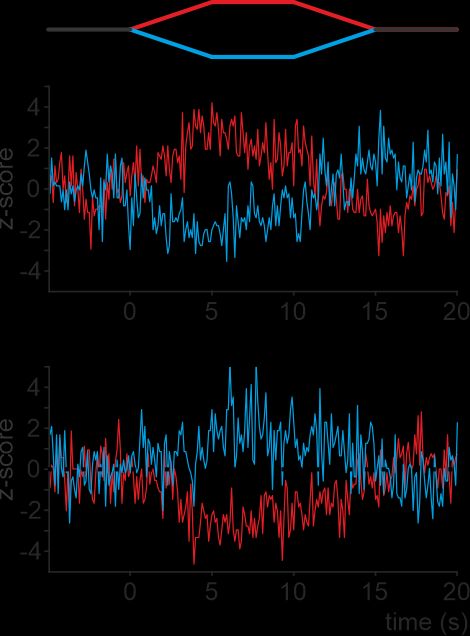
Finally, we used Neuropixel recordings to corroborate these results in simultaneously recorded neurons which have opposite orientations in the cerebellum, also corroborating the effect in behaving condition 11/13
15.04.2025 17:10 — 👍 0 🔁 0 💬 1 📌 0
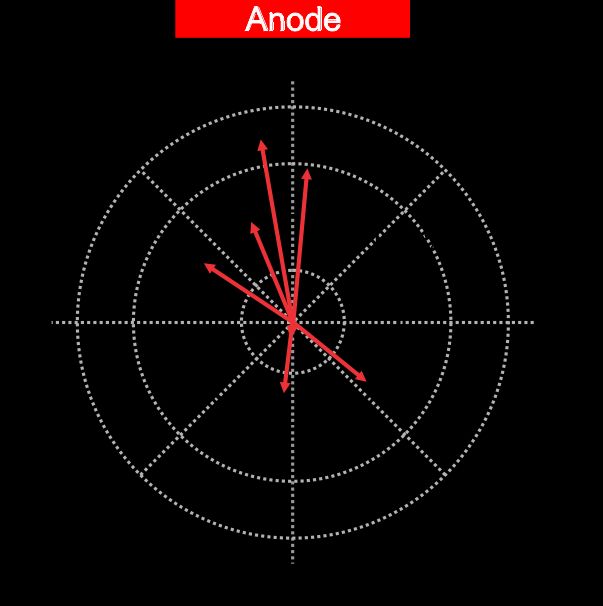
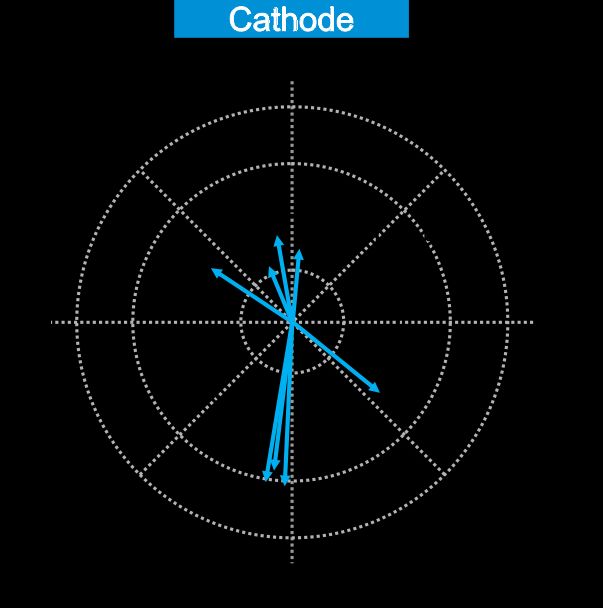
While neurons pointing away from the electrode decrease⬇️their activity for anodal stimulation and increase⬆️for cathodal (lower half). This phenomenon could be explained by the polarization of the neuron and changes in membrane resting potential (more in the paper) 10/13
15.04.2025 17:10 — 👍 0 🔁 0 💬 1 📌 0


Matching the orientation of the neurons with their modulation under tDCS, we discovered that their orientation was a key factor determining tDCS effects, with neurons pointing toward the electrode increasing⬆️their activity for anodal stimulation and decreasing⬇️for cathodal (upper half) 9/13
15.04.2025 17:10 — 👍 0 🔁 0 💬 1 📌 0
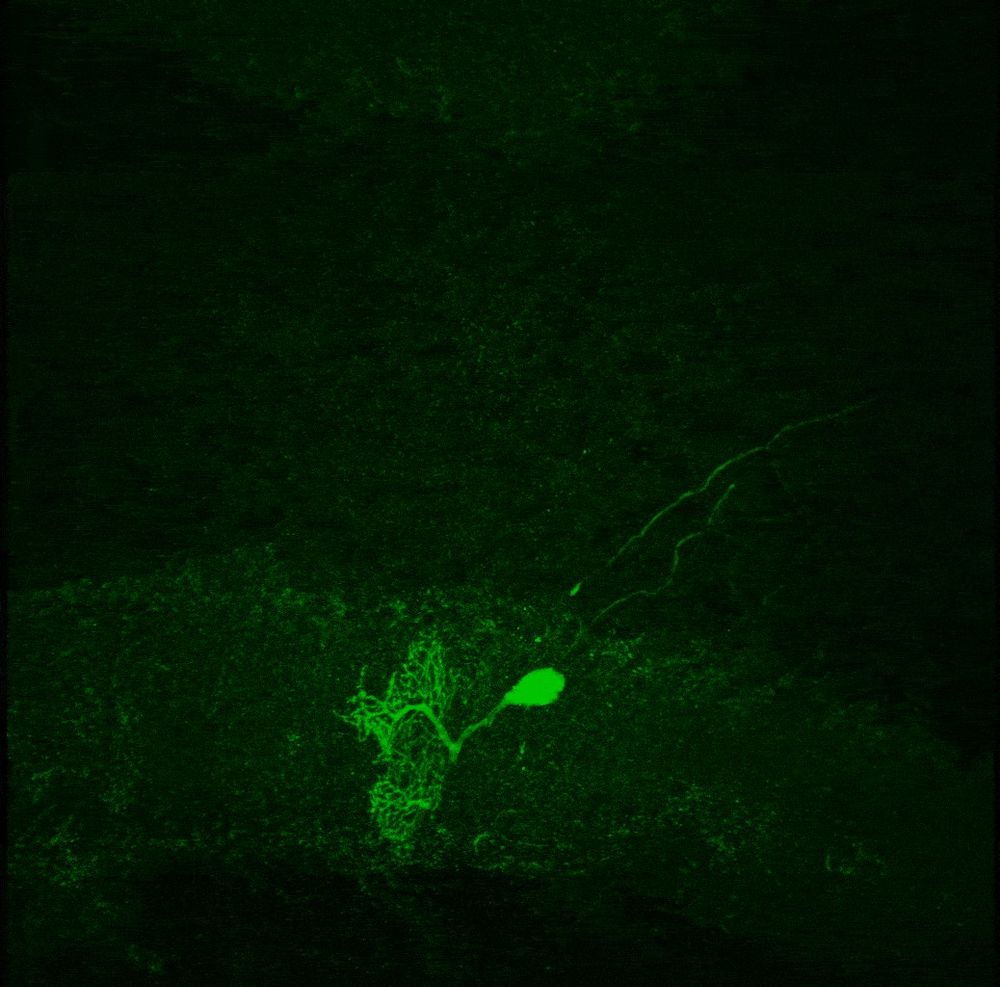
To solve this puzzle, we performed juxtacellular labelling of the recorded neurons in anesthetized mice, obtaining these awesome images: 8/13
15.04.2025 17:10 — 👍 0 🔁 0 💬 1 📌 0
We observed this heterogeneous modulation in all types of neurons in the cerebellum, among them the Purkinje cells, which are particularly interesting since they are the only output from the cerebellar cortex 7/13
15.04.2025 17:10 — 👍 0 🔁 0 💬 1 📌 0
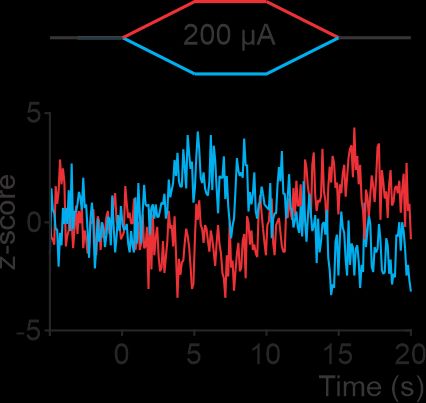
But, at the same time other neurons were modulated in just the opposite way, with anodal decreasing⬇️but cathodal increasing⬆️their activity 6/13
15.04.2025 17:10 — 👍 0 🔁 0 💬 1 📌 0
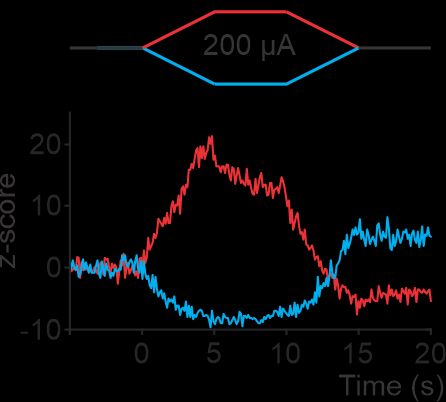
To address this, we applied tDCS and record the activity of individual neurons in behaving mice🐭. As expected, we observed neurons increasing⬆️their activity under➕electrical currents (anodal tDCS, red) and decreasing during➖currents (cathodal tDCS, blue) 5/13
15.04.2025 17:10 — 👍 0 🔁 0 💬 1 📌 0
Nonetheless, despite the simplicity of the technique, the results can be highly variable between persons and sessions, partly because we still know very little about how this electrical currents are affecting the neuronal activity 4/13
15.04.2025 17:10 — 👍 0 🔁 0 💬 1 📌 0
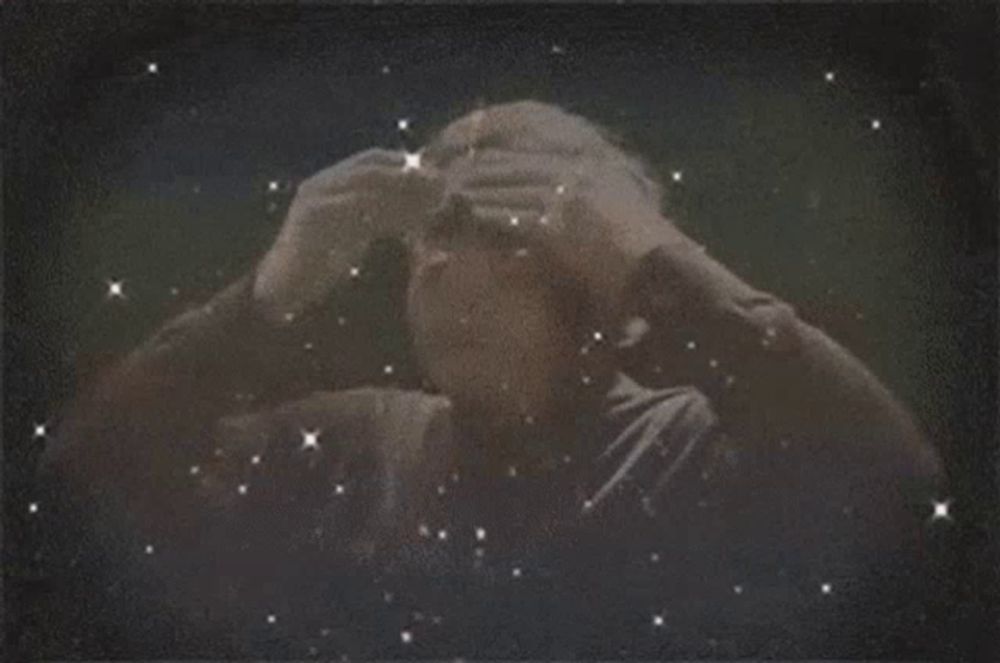
a man 's head is surrounded by lightning bolts
ALT: a man 's head is surrounded by lightning bolts
This non-invasive neurostimulation is called transcranial direct-current stimulation (tDCS) and can improve our learning abilities or the perception of a sensory stimulus, as well as some symptoms of brain disorders 3/13
15.04.2025 17:10 — 👍 0 🔁 0 💬 1 📌 0
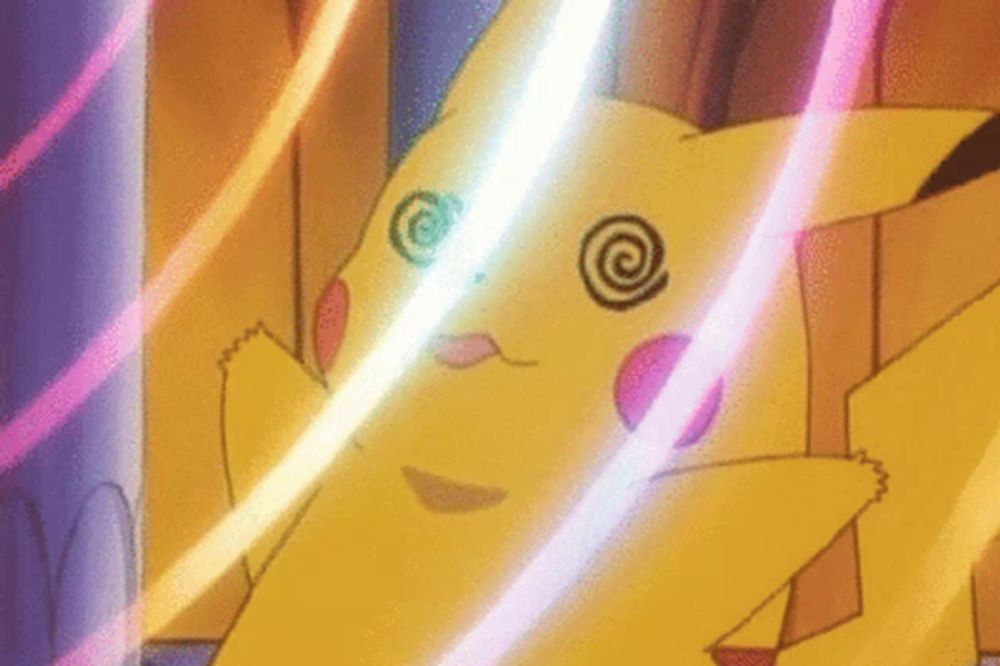
a close up of a cartoon character with a swirl in his eyes and a swirl in his eyes .
ALT: a close up of a cartoon character with a swirl in his eyes and a swirl in his eyes .
Our neurons are electrical cells, meaning they can generate and transmit electricity, so, what would happen if we place a couple of electrodes on top of your head and pass a weak electrical current through your brain (so weak that you barely notice)? 2/13
15.04.2025 17:10 — 👍 0 🔁 0 💬 1 📌 0

a man in a red shirt and black gloves is holding a box with the word success on it
ALT: a man in a red shirt and black gloves is holding a box with the word success on it
PREPRINT🚨Ever wonder how electrical⚡️ stimulation of the brain🧠modulates neuronal activity? Are you working with brain stim and variability makes you want to smash your pc and go to a mountain to grow tomatoes? Are you a family member or a friend who really appreciate me? 1/13
15.04.2025 17:10 — 👍 5 🔁 5 💬 1 📌 1
Independent journalist covering internet culture, politics, and media @spitfirenews.com. Buy me a coffee: https://ko-fi.com/kattenbarge
Postdoctoral researcher at Cabreiro Lab. MRC/LMS. Imperial College London.
I'm full of microbes, so I study them. Or they study themselves using me. Who knows.
🎓 PhD Sociología
👨🏽🏫 Masculinidades y feminismos
🎙️: @esascosasdelfollar
✊🏼: @hombrescontraelpatriarcado
[bridged from https://mastodon.social/@lio_delg on the fediverse by https://fed.brid.gy/ ]
Me despisto varias veces al día pero ya he aprendido a aceptarme. Ciberactivista pero sobre todo, tallerista. 📘🎤💃🏼Me gusta hablar con adolescentes,soy una instructora de zumba frustrada y siempre enganchada a aprender cosas nuevas.
“𝐸𝑥𝑡𝑟𝑒𝑚𝑎𝑑𝑢𝑟𝑎 𝑝𝑎𝑟𝑎 𝑙𝑜𝑠 𝑒𝑥𝑡𝑟𝑒𝑚𝑒ñ𝑜𝑠.”
— Antonio Elviro Berdeguer, #25Marçu1936
🔗 elviroberdeguer.com
💚 Castúu, a: adj. estremeñu/a (‖ d’Estremaúra)
🤍 Esparigimientu i dinidá d’Estremaúra
🖤 Palramus estremeñu, fala i raiano
#TrenDignoYa #Acho
Howard Hughes Medical Institute (HHMI) believes in the power of individuals to advance science through research and science education, making discoveries that benefit humanity.
Science from the Zeiger Lab at UCLA. Neural circuits, stroke, movement disorders. zeigerlab.com
Author of Your Brain is a Time Machine: the Neuroscience and Physics of time.
A brain studying brains at UCLA
Assistant Professor in Computational Neuroscience @ UCLA
dipoppalab.com
PhD, Neuroscientist and Microglia enthusiast.
Postdoctoral Researcher in Lindsay De Biase lab at UCLA, deciphering the role between lysosome status and microglia phenotypes during aging.
Co-director of @pintofscience.us since 2024!
Thinking about the brain, spinal cord and how we move (and related neurotech). Into books, music, coffee, food, photography+art, animals & some humans. Group leader at Imperial College London
#neuroskyence #Sensorimotor #compneurosky #Science
I am a postdoc in computational neuroscience, with my PhD in statistical physics.
I am into music and theater.
f*ck armageddon, this is hell
https://bfg9000.com
30 | game journalist, handheld console caretaker, adhd gremlin | mtg & wrestling & videogames 💖💜💙 she/her
Director, escritor y editor de pacotilla.
Colaboraciones: contacto@zequio.com
Trastataranieto de inmigrantes, tataranieto de fusilados, bisnieto de yunteros, nieto de emigrantes e hijo de agricultores. Extremeño de centeno.
Divulgo sobre:
- Extremadura: @castuolizate.bsky.social.
- Filología: @unfilologomas.bsky.social.
🔻🏴🏳️🌈🏳️⚧️🍉🌱🪴
Sensual Philosoraptor 🎷🦕 Creadora de juegos de realidad alternativa y de cine visto en
@sansebastianfes.bsky.social
@netflix.com
etc.
claudiadelcampo.net

